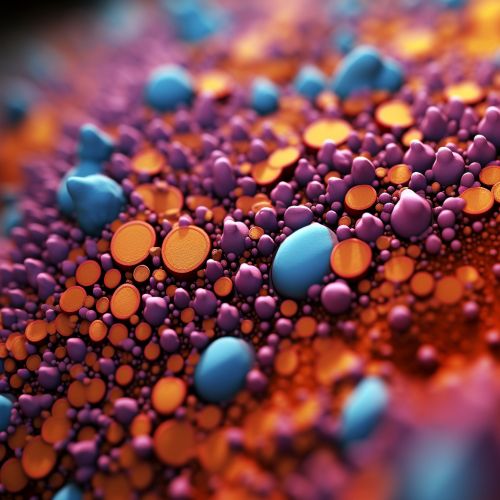Nanoclay
Introduction
Nanoclay, a nanoparticle with at least one dimension less than 100 nanometers, is a material that has gained significant attention in the field of nanotechnology. Nanoclays are derived from naturally occurring clay minerals and are composed of layered mineral silicates. The unique properties of nanoclays, such as their high surface area, chemical stability, and mechanical strength, make them suitable for a wide range of applications in various fields.
Structure and Composition
Nanoclays are typically composed of layered silicate minerals. These layers are stacked together through van der Waals forces and are often interspersed with water molecules. Each layer is composed of an oxygen-silicon tetrahedral sheet sandwiched between two octahedral sheets of either aluminum or magnesium hydroxide. The composition and arrangement of these layers give nanoclays their unique properties.


Types of Nanoclays
There are several types of nanoclays, each with its unique properties and applications. These include:
- Smectite clays: These are the most commonly used nanoclays in polymer nanocomposites. They have a high cation exchange capacity and can be modified easily to improve compatibility with various polymers.
- Kaolinite clays: These nanoclays have a lower surface area and cation exchange capacity compared to smectite clays. However, they have excellent dimensional stability and are used in applications that require high rigidity.
- Halloysite nanotubes: These are naturally occurring nanotubes derived from kaolinite clays. They have a hollow tubular structure, which can be used for encapsulation of various substances.
Properties of Nanoclays
Nanoclays possess several unique properties that make them suitable for various applications. These include:
- High Surface Area: Due to their nanoscale size, nanoclays have a high surface area. This property makes them excellent adsorbents for removing pollutants from water and air.
- Chemical Stability: Nanoclays are chemically stable and can withstand harsh environmental conditions. This makes them suitable for use in applications that require durability and longevity.
- Mechanical Strength: Nanoclays have high mechanical strength and can significantly improve the strength and toughness of composite materials when used as a filler.
Applications of Nanoclays
Nanoclays have a wide range of applications in various fields. These include:
- Polymer Nanocomposites: Nanoclays are commonly used as fillers in polymer nanocomposites to improve their mechanical properties, thermal stability, and barrier properties.
- Environmental Remediation: Due to their high surface area and cation exchange capacity, nanoclays are used as adsorbents for removing pollutants from water and air.
- Drug Delivery: The unique structure of halloysite nanotubes allows them to be used for encapsulation of drugs for controlled drug delivery.
- Catalysis: Nanoclays can act as catalysts or support for catalysts in various chemical reactions due to their high surface area and cation exchange capacity.
